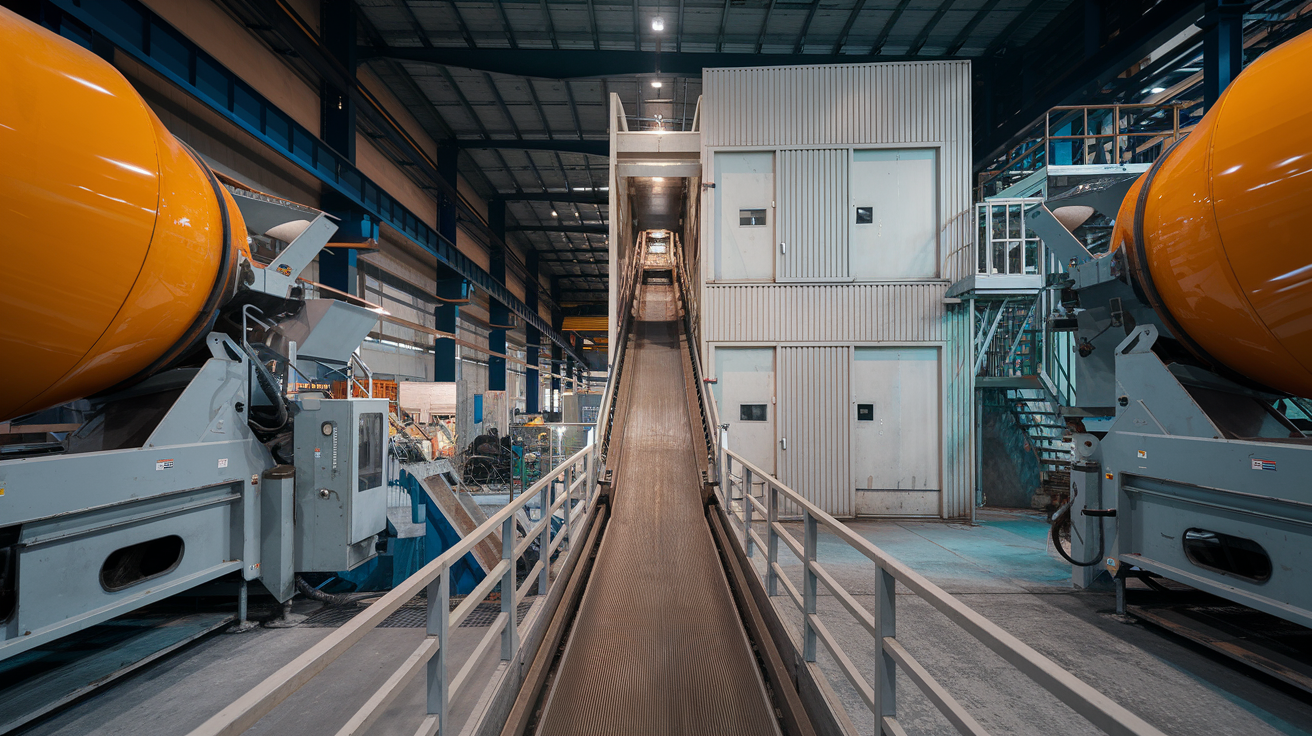In a notable development within the cement industry, Huawei has successfully implemented an agentic AI system at a Conch Group cement plant. This innovative system predicts the strength of clinker with over 90% accuracy and autonomously modifies calcination parameters, leading to a 1% reduction in coal consumption—decisions that historically required decades of human expertise. This case illustrates Huawei’s commitment to advancing agentic AI systems that transcend traditional command-response interactions, evolving into platforms capable of independent planning, decision-making, and execution.
Huawei’s Comprehensive AI Strategy
Huawei’s approach to developing agentic AI systems is grounded in a robust strategy that encompasses AI infrastructure, foundational models, specialized tools, and agent platforms. Zhang Yuxin, the Chief Technology Officer of Huawei Cloud, elaborated on this framework during the recent Huawei Cloud AI Summit in Shanghai. The event attracted over 1,000 leaders from various sectors, including politics, business, and technology, all eager to explore practical applications of these technologies in fields such as finance, logistics, chemical manufacturing, healthcare, and autonomous driving.
Transforming Enterprise Operations
This distinction between traditional AI applications—limited to user command responses—and agentic AI systems that operate with a degree of autonomy fundamentally alters their roles in enterprise operations. Zhang referred to this evolution as “a major shift in applications and compute,” emphasizing that these systems can make independent decisions and adapt in real-time, thus redefining how computing systems interact and manage resources.
Addressing Infrastructure Challenges
The computational requirements of agentic AI systems have highlighted the shortcomings of conventional cloud architectures, particularly as the demand for training and inference of foundational models continues to grow. In response, Huawei Cloud has introduced CloudMatrix384 supernodes, interconnected via a high-speed MatrixLink network. This setup creates a flexible hybrid computing system that merges general-purpose and intelligent computing capabilities.
Enhancing Inference Speed
This architecture specifically targets bottlenecks in Mixture of Experts (MoE) models through expert parallelism inference, effectively minimizing NPU idle time during data transfers. According to Huawei’s technical specifications, this innovative approach enhances single-PU inference speed by 4 to 5 times compared to other leading models. Additionally, the system integrates memory-centric AI-Native Storage, designed to optimize typical AI tasks, thereby improving both training and inference efficiency.
From Foundation Models to Industry Applications
The challenge of tailoring foundational models to meet specific industry requirements has spurred the development of advanced training methodologies. Huawei Cloud’s strategy includes a comprehensive data pipeline that manages data collection, an incremental training workflow, and a smart evaluation platform equipped with preset evaluation sets. The incremental training workflow is reported to enhance model performance by 20-30% through automatic adjustments based on core model features and industry-specific objectives.
Real-World Implementations
Practical applications of these methodologies are already evident. For instance, the Shaanxi Cultural Industry Investment Group collaborated with Huawei to integrate AI into cultural tourism operations. Huang Yong, the Group’s Chairman, detailed how their partnership utilized Huawei Cloud’s data-AI convergence platform to amalgamate diverse cultural tourism data, resulting in a comprehensive dataset encompassing history, film, and intangible heritage. This initiative established a “trusted national data space for cultural tourism” on Huawei Cloud, facilitating applications such as asset verification and creative development.
Emergence of Enterprise-Grade Agent Platforms
The differentiation between consumer-focused AI agents and enterprise-grade agentic AI systems lies in the complexity of integration and operational demands. Enterprise systems must seamlessly fit into broader workflows, manage intricate scenarios, and adhere to higher operational standards than consumer applications designed for quick interactions. Huawei Cloud’s Versatile platform aims to bridge this gap by providing a robust infrastructure for businesses to develop tailored agents that meet production needs.
Performance Metrics in the Cement Industry
Conch Group’s collaboration with Huawei led to the creation of the cement industry’s first AI-powered cement and building materials model. This innovative model predicts clinker strength at 3 and 28 days, achieving predictions that deviate by less than 1 MPa from actual results, signifying over 90% accuracy. For optimizing cement calcination, the model recommends critical process parameters that reduce coal consumption by 1% compared to established energy efficiency benchmarks.
Future Prospects for Autonomous AI
The implementations showcased at the summit reflect a broader industry trend towards agentic AI systems that increasingly operate autonomously within well-defined parameters. The progression from reactive tools to systems capable of planning and executing complex tasks independently signifies a significant architectural shift in enterprise computing.
However, this transition necessitates considerable infrastructure investments, sophisticated data engineering, and thoughtful integration with existing business processes. Early performance metrics from implementations across various sectors—including manufacturing and travel management—serve as valuable benchmarks for organizations contemplating similar deployments.
As agentic AI systems continue to evolve, the focus appears to shift from merely demonstrating technological capabilities to addressing operational integration challenges, governance frameworks, and measurable business outcomes. The examples from the cement industry, cultural tourism, and corporate travel management indicate that the true value of these systems lies in their ability to resolve specific operational pain points rather than functioning solely as general-purpose automation tools.
